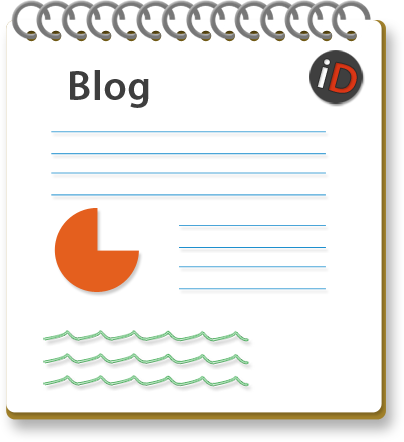Programming insights to Storytelling, it's all here.


Have you ever joined a large organization? One with a quarter million employees? Their process is fascinating. You receive hundreds of emails to set up different software. You get a machine mailed to you. Your badge comes from FedEx. The onboarding process is long and tedious. When you finally get an account set up, they direct you to Jira, where several other steps need to be completed before you can start working.

What does it mean when we say that investors are subsidizing the price of a service? We often hear that ChatGPT is not profitable, despite some users paying $20 a month, or others up to $200 a month. The business is still losing money despite everything we're paying. To stay afloat, OpenAI and other AI companies have to use money from their investors to cover operations until they find a way to generate sustainable income.

I was watching a movie when I got a random notification from Google Maps on my phone. I never get notifications from this app unless I'm doing turn-by-turn navigation. This one was titled "Timeline," and Google was requesting if I wanted to turn on backups for this feature. This section of Google Maps that I had never visited drew a timeline of every place I've ever visited: home, work, grocery store, etc. All this without me explicitly asking it to track these things. Now I see where I go to lunch every day, I see where I walk, drive, shop, and everything in between. It got me thinking: All the tools for mass surveillance are in place. And they are not going away.

A few years back, I worked at an AI startup as the first hired engineer. All of us could fit in a four-space cubicle, sharing an office with multiple startups. As you can imagine, when you're trying to get a startup off the ground, you have to put in the hours. Every day I would drive to the beautiful city of Venice Beach, California, cram into our little space, and type as much code as I could fit in a day. Then I would pack the laptop back into my bag and drive right back home.

I had a 383-day streak on Duolingo. Three hundred and eighty-three days of that green owl peeking through my notifications, reminding me that my streak was in danger. I wrote about how I never actually learned Spanish from Duo, but I kept coming back. Not for the language, but for the streak. The number itself became the point.

When OpenAI released the first version of Sora, I was excited. For years, I'd had this short story sitting on my hard drive, something I'd written long ago and always dreamed of bringing to life as a short film. The only problem was I didn't have the expertise to shoot a movie, and my Blender 3D skills are rusty for lack of use. But Sora promised something different. I could upload my sketches, input my script, and generate the film in my mind. The creative barrier had finally been lifted.

This is a bit of a rant. Maybe my eyes are not as good as they used to be. When I read an article that has pictures on them, I like to zoom in to see the details. You might think this makes no sense, I just have to pinch the screen to zoom in. You would be right, but some websites intentionally prevent you from zooming in.

I love the idea of microservices. When there's a problem on your website, you don't need to fix and redeploy your entire codebase. If the issue only affects your authentication service, you can deploy just that one component and call it a day. You've isolated the authentication feature into an independent microservice that can be managed and maintained on its own.

Here is something that makes me proud of my blog. The redirect rule I wrote for my very first article 12 years ago still works! This blog was an experiment. When I designed it, my intention was to try everything possible and not care if it broke. In fact, I often said that if anything broke, it would be an opportunity for me to face a new challenge and learn. What I didn't take into account was that some things are much harder to fix than others. More specifically: URLs.

There are several reasons for Google to downrank a website from their search results. My first experience with downranking was on my very first day at a job in 2011. The day I walked into the building, Google released their first Panda update. My new employer, being a "content creator," disappeared from search results. This was a multi-million dollar company that had teams of writers and a portfolio of websites. They depended on Google, and not appearing in search meant we went on code red that first day.